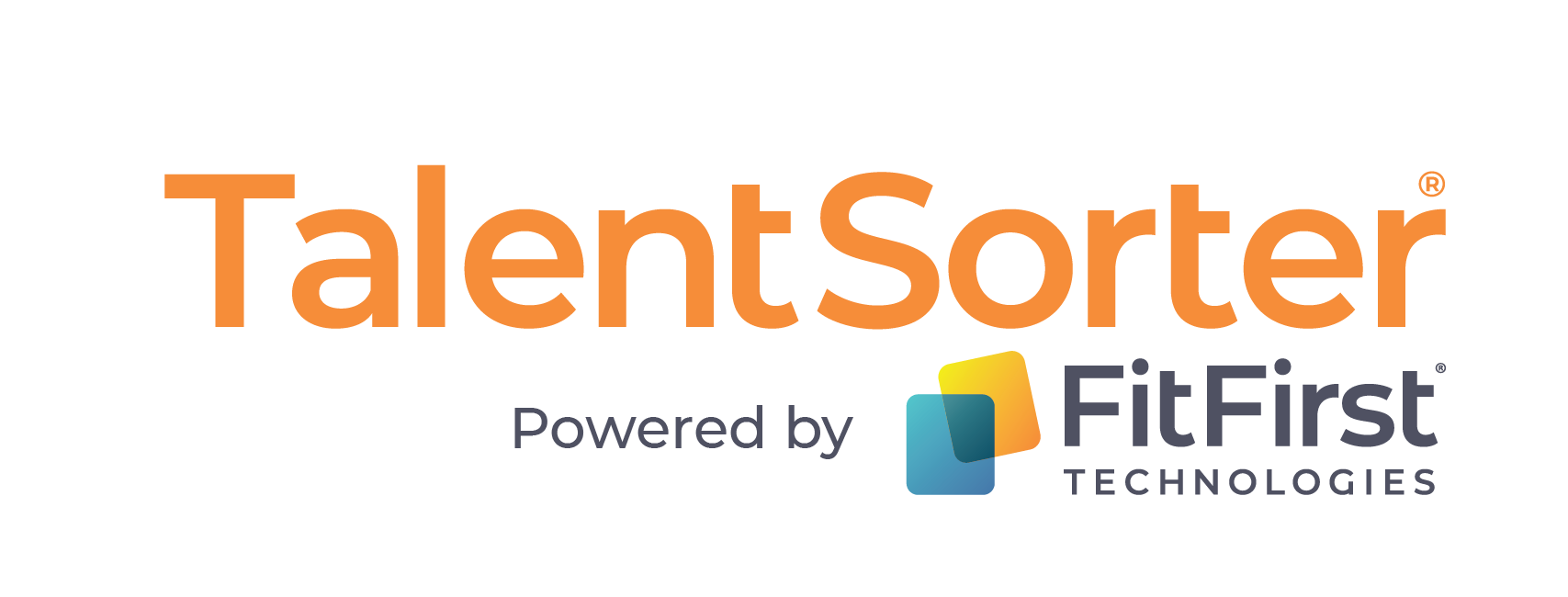Note: This blog was co-authored by Paul Pittman of The Human Well, and originally appears here.
Anyone involved in management knows the cost of a bad hire; The Harvard Business Review calculates that up to 80% of turnover is due to poor hiring, The Society for Human Resources Management (SHRM) believes up to five times annual salary or more dependent upon how senior the position and the longer a poor hire remains, The US Labor Department estimates one-third of annual salary is the replacement cost of poor hiring.
The reason for differing but wide ranging estimates (all high!) about what a wrong hire can cost is because of the many variables involved. However, the cost is actually worse than this because all of these estimates include only the bad hires that we know about, the ones that we can see. The potentially hundreds of poor hires that we never recognize as being a poor fit and their cost to the business is completely unrecognized.
Over the course of three blogs we want to set out the case for why a premeditated approach to selection and the criteria used will result in improved organizational success. The costs above that are traditionally counted represent no more than a speed bump when compared with the potential massive value destruction of a systemically weak hiring strategy.
First of all let’s address what exactly a hiring strategy typically comprises; an extensive sequence of one on one interviews (that millenials have little patience for) or “a seven point competency screen” (that looks just like everyone else’s and is no closer to actually measuring anything that matters) or is it something in between?
Mix it up a little
Most companies strive for a systematic strategy to recruitment but human intervention and personal preference often trump the method. If that happens early in the process a consistent and objective approach is impossible and invariably the most liked candidate gets selected who has a less than optimal profile. Even professional recruiters suggest that a positive ‘chemistry’ should form a part of the selection process but only once the pool of candidates with the required predominant characteristics have been identified.
This is called the “people like me (PLM)” syndrome; people are hired who resemble the boss but why is it bad? Wrigley (the chewing gum magnate) was fond of saying ‘when two men in business think the same, one of them is unnecessary’. A healthy business requires a diversity of experiences and perspectives… and when a manager hires through a PLM lens, she not only chokes diversity but also risks duplicating (and therefore magnifying) her blind spots. When an organization is going through rapid growth, needs to change its business model, is adding an acquisition, or is under threat from disruptive competitors those who question the status quo and propose different approaches to transition are likely going to be different personality types.
This might appear disruptive to the management team but for businesses facing a challenging period in their cycle it is advantageous and meant to be. A management team comprising the same types of personality facing a major threat will arrive at similar conclusions. If the challenge is survival and a common attitude to risk and mitigation exists within the group this could mean the end of the enterprise. Even the steadiest of businesses need from time to time at least one contrarian.
Consider for a moment your personal experience of great business partnerships and their personality profiles and whether they would have gotten as far without the combination of diversity in outlook. Were any of these partnerships created through traditional recruitment strategies? Effective teams comprise individuals that recognize that they are not complete and require additional perspectives to become fully effective.
Selection for the most part needs to be against clear, predetermined, and completely objective criteria until the final stages when personal preference can be permitted to influence. This can be threatening; we recently worked with a major global client where a company-wide recruitment platform was being over-ridden by traditional internal recruiters fearing for their livelihoods.
We are what we hire and most organizational challenges ; pay discrimination and diversity issues, performance and engagement challenges can be traced back to recruitment policies. Our next two blogs will explore the topic of performance and how average attracts average and the difficulties in breaking this cycle.
[vc_row][vc_column][rd_cta style=”rd_cta_2″ title=”Try Our Scientific Solution to Successful Hiring” left_border_color=”#04bdce” button_text=”FREE TRIAL” button_link=”https://www.talentsorter.com/free-trial/” target=”_self” button_color=”#ffffff” button_bg_color=”#04bdce”]With our Software You’ll Spend 80% Less Time Sorting through Resumes, 70% Less Time Interviewing, and Reduce Turnover 20-60%! Start a FREE TRIAL (no credit card required)[/rd_cta][/vc_column][/vc_row]

